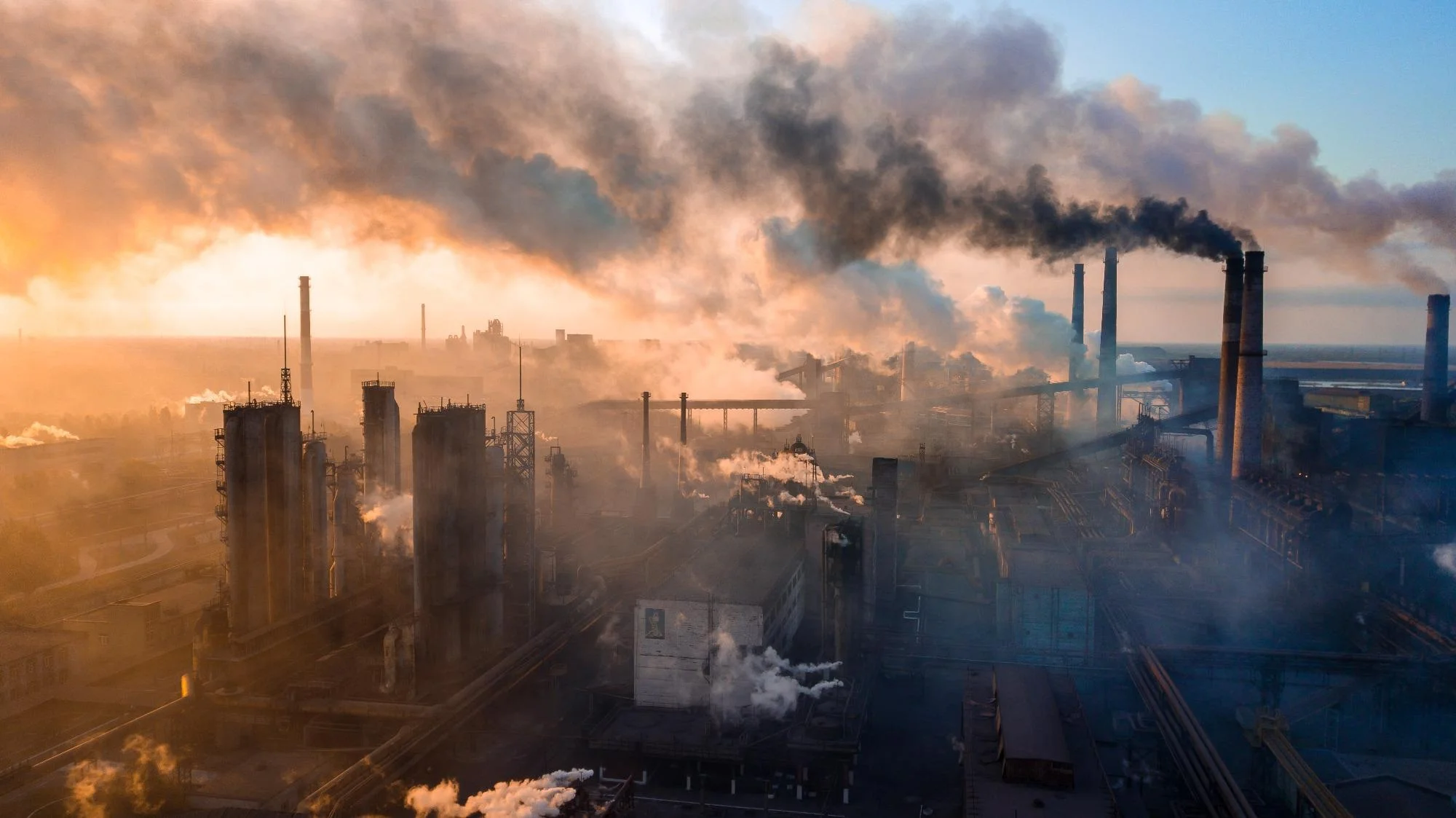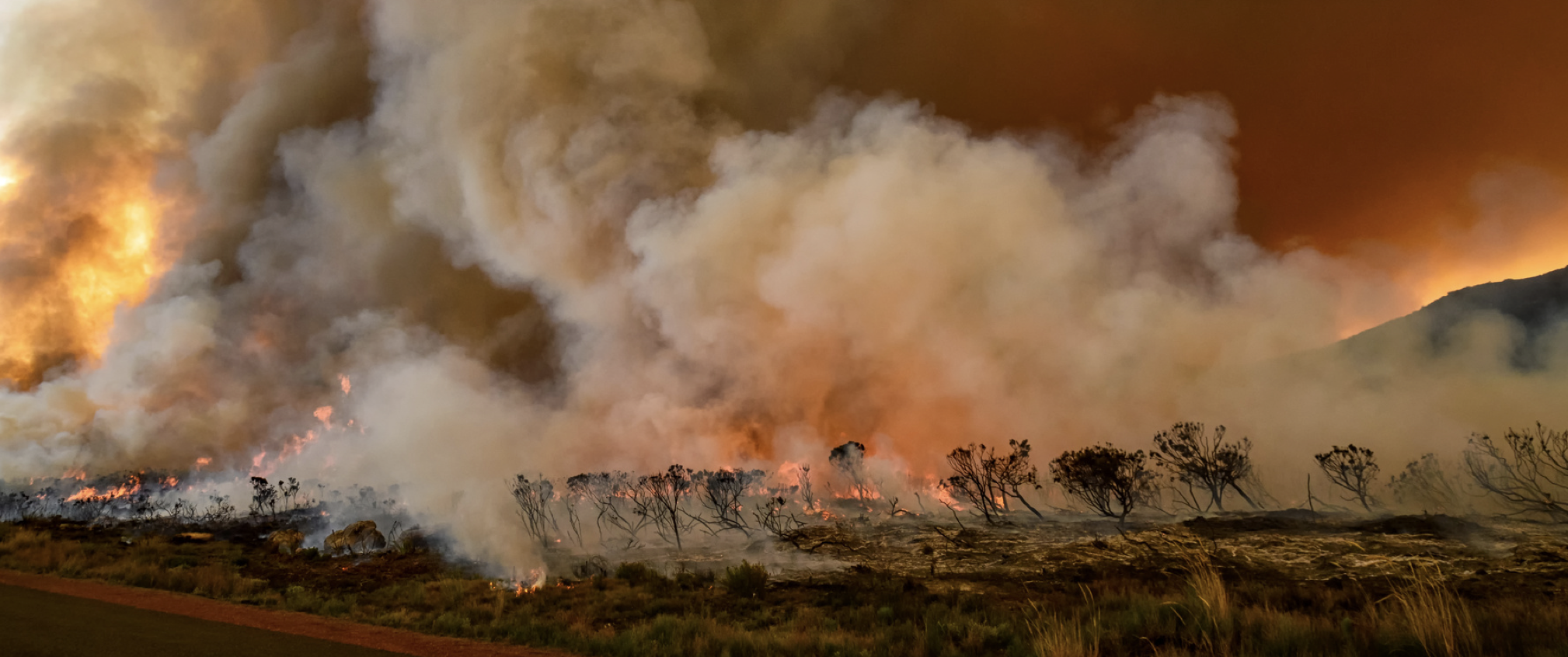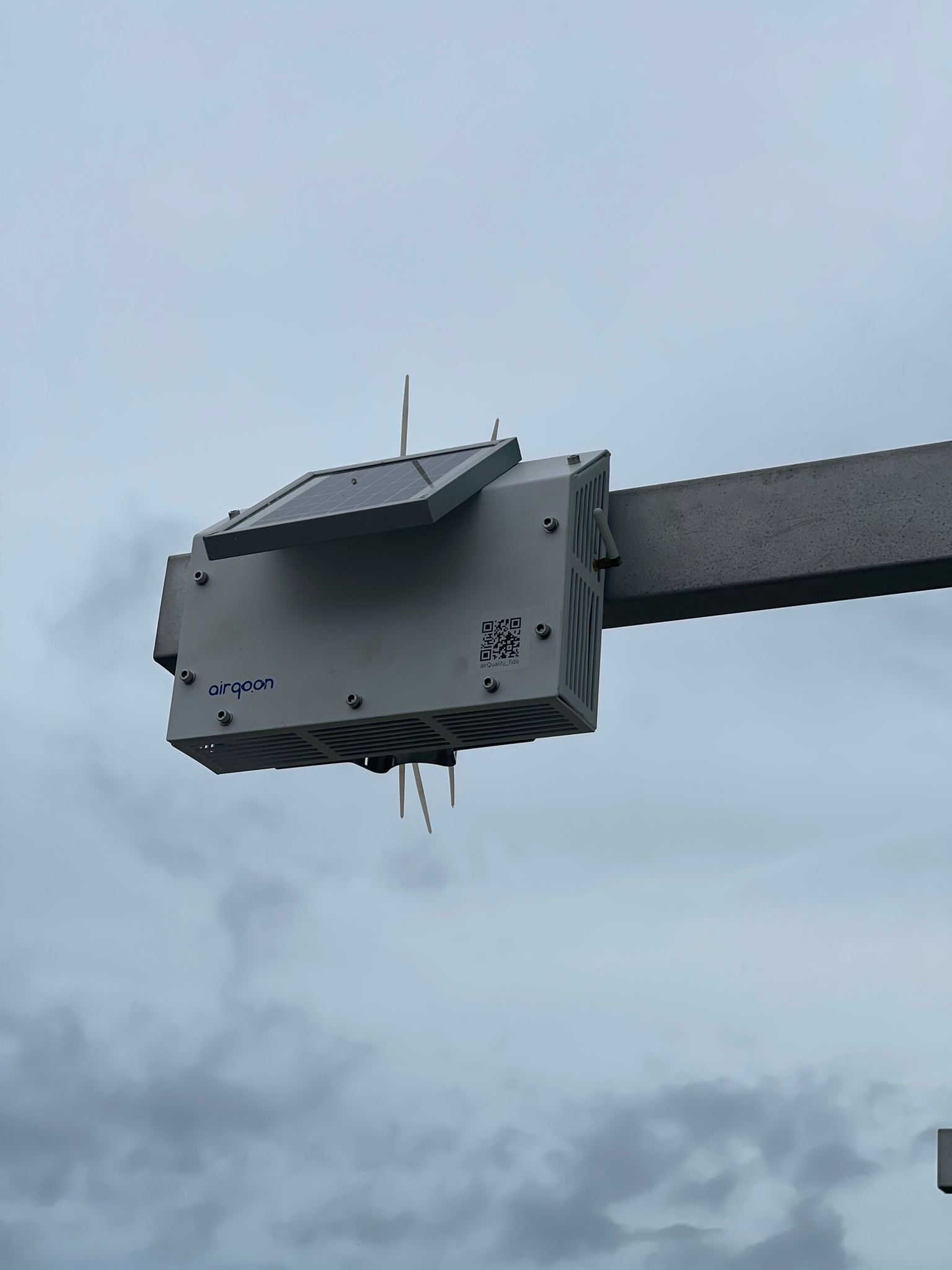There’s a topic everyone’s been discussing lately on social media and in the news: earthquakes in Greece and the potential risk of volcanic eruption. The intense seismic activity in the Aegean Sea, especially around Santorini, is concerning both residents and scientists. Greek authorities have started evacuating some islands in the region as a safety measure, and schools have been closed. These developments are causing anxiety not just for local residents but throughout the Aegean region.

Current Situation: What’s Happening?
More than 8,000 earthquakes have been recorded in and around Santorini since January 2025. This seismic activity is particularly concentrated in the northeast of Santorini Island. While the magnitude of the earthquakes hasn’t exceeded 5.3 so far, their number and frequency are at concerning levels.
What’s Causing the Earthquakes?
There are two different views among scientists about the source of the earthquakes:
- Tectonic Origin: Most scientists argue that the current seismic activity is of tectonic origin. They believe the earthquakes are originating from the Santorini-Amorgos fault line.
- Volcanic Activity: Some experts point to the presence of a newly detected magma chamber under the Columbo submarine volcano. The growth of this magma chamber could be a precursor to volcanic activity.
Historical Eruptions and Their Effects
The most significant turning point in Santorini’s volcanic history is the Minoan eruption during the Late Bronze Age. This massive eruption, which occurred around 1600 BCE, completely altered the island’s geological structure. The explosion blew away a large portion of the island and caused ash to spread over a vast area. The volcanic ash layer, covering an area of 200 km², affected settlements in the region and led to the destruction of the Minoan civilization. The giant tsunami waves generated by the eruption impacted the eastern Mediterranean, causing destruction along the western coast of Cyprus.
The effects of this eruption have been confirmed through archaeological studies conducted in Turkey. Volcanic ash spread across a wide geography in western Anatolia, preserving traces of life from that period to the present day. These ashes have been found in a broad area stretching from İzmir to Burdur in Western Anatolia, particularly around Bayraklı mound, Lake Gölcük, Eşen plain, Lake Gölhisar, and Köyceğiz. Ash layers found on archaeological remains in Çeşme Bağlararası and Çine Tepecik help us understand the magnitude of this disaster.
The island’s volcanic activity continued in subsequent centuries. Eruptions in 900 BCE and 197 BCE played important roles in shaping the island, with the 197 BCE event particularly witnessing the birth of the Kameni islands. The most significant volcanic event after Christ occurred in 1650, with a submarine eruption in the northeast of the island. In recent history, an eruption in 1950 created a small-scale lava dome and flow, demonstrating that volcanic activity continues. The fumarole activity still observed today reminds us that Santorini remains a “sleeping giant.”
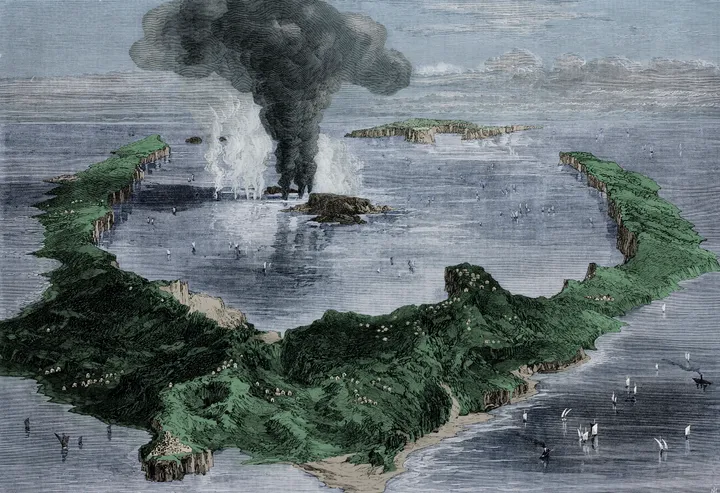
Effects of Volcanic Activity on Air Quality
Volcanic eruptions can release numerous harmful gases and particulate matter into the atmosphere. These gases significantly reduce regional air quality and can cause long-term environmental damage. Here are some harmful components released into the air during volcanic eruptions:
- Water Vapor: Though generally harmless, this gas is one of the first substances released into the atmosphere during volcanic eruptions.
- Carbon Dioxide (CO2): This gas can accumulate in low-lying areas and can be lethal at high concentrations. Rising CO2 levels can threaten oxygen levels, leading to negative effects on human and animal health.
- Sulfur Dioxide (SO2): Sulfur dioxide is one of the harmful gases commonly released during volcanic eruptions. SO2 irritates the eyes, skin, and respiratory tract and can lead to acid rain. It can also cause the formation of volcanic fog (VOG), which can be harmful to human health.
- Hydrogen Sulfide (H2S): This gas is highly toxic at high concentrations and can poison humans. It can also damage vegetation by polluting the environment.
- Hydrogen Halides: These substances can contaminate drinking water sources and affect agricultural areas.
Effects of Volcanic Eruptions on Air Quality: Examples from Around the World
Looking at past examples is helpful to better understand the effects of volcanic eruptions on air quality. The Mount St. Helens eruption in the United States in 1980 severely elevated PM10 levels for months, with concentrations reaching values between 50 and 570 μg/m³. These values exceeded the World Health Organization’s recommended limits multiple times.
As a more recent example, the 2010 eruption of Eyjafjallajökull volcano in Iceland can be cited. As a result of this eruption, PM10 concentrations remained above 50 μg/m³ for 25 days throughout the year. Around the Masaya Volcano in Nicaragua, PM2.5 levels were measured above 165 μg/m³, which corresponds to more than 33 times the WHO’s recommended annual limit.
The 2021 volcanic eruption in La Palma (Spain) released 1.8 Tg of sulfur dioxide (SO2) into the troposphere over approximately 3 months (September 19-December 13, 2021), exceeding the European Union’s total anthropogenic SO2 emissions in 2019.
These examples provide important clues about how a potential Santorini eruption could affect the health of people living in the region. Particularly considering wind direction and intensity, Turkey’s western coasts could face such an air pollution risk.
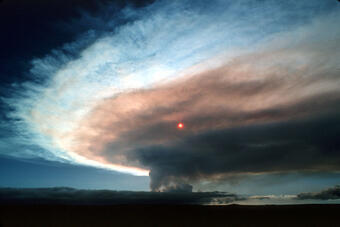
Conclusion
Currently, scientists do not see a risk of a major volcanic eruption, but the situation is being closely monitored. The possibility of a major earthquake in the region is a more serious concern. Local authorities and scientists are continuously monitoring the situation and taking necessary precautions.
Although the current seismic activity is concerning, it’s important to remember that similar events in the past have not always resulted in major disasters. For example, a similar period of seismic activity in 2011-2012 did not lead to any volcanic eruption. However, this does not mean that the risks can be ignored. Monitoring developments in the region through scientific methods and taking necessary precautions are the most important steps to minimize the effects of a possible disaster.
References
Andrews, R. G. (2025). Santorini is at the center of a mystery: Why do earthquakes keep shaking the island? National Geographic.
Dobson, J. (2025). Santorini Earthquakes Create Panic In Greece As Locals Fear Volcano Could Erupt. Forbes.
Türkiye Today. (2025). Türkiye will be affected severely if Santorini volcano erupts, warns Turkish professor.
Vanzo, T. (2012). How Do Volcanos Affect Air Quality?. Smart Air.
Vardar, S., & Öner, E. (2016). Batı ve Güneybatı Anadolu’nun Paleocoğrafya ve Jeoarkeolojisinde Santorini (Thera) Küllerinin Önemi. Coğrafi Bilimler Dergisi, 14(1), 15-37.
Volcano Hazards Program. Volcanic gases can be harmful to health, vegetation and infrastructure. USGS.





